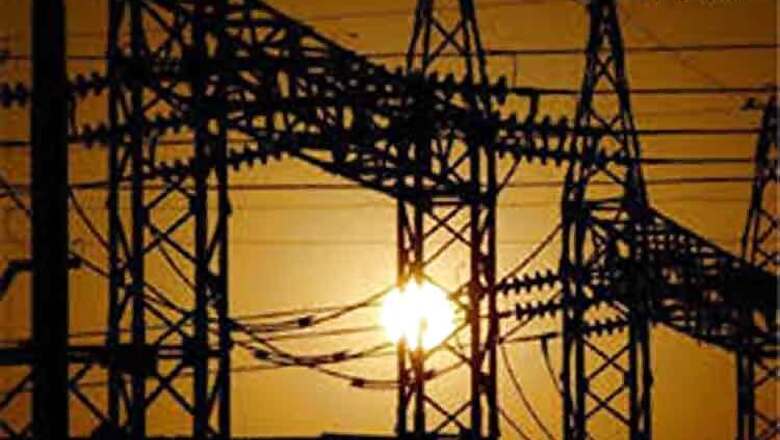
views
London: Fusion reactors can become an economically viable and safe means of generating electricity within a few decades, researchers report.
Fusion reactors generate electricity by heating plasma to around 100 million degrees Celsius so that hydrogen atoms fuse together, releasing energy.
This differs from fission reactors which work by splitting atoms at much lower temperatures.
"The policymakers should start planning to build them as a replacement for conventional nuclear power stations,” noted the researchers from e and Culham Centre for Fusion Energy in Oxfordshire.
The analysis of building, running and decommissioning a fusion power station shows the financial feasibility of fusion energy in comparison to traditional fission nuclear power.
The findings build on earlier findings that a fusion power plant could generate electricity at a similar price to a fission plant and identifies new advantages in using the new superconductor technology.
"Our predictions suggest that fusion won't be vastly more expensive than fission,” said professor Damian Hampshire from Durham University.
Within a generation or two, fusion reactors could offer an almost unlimited supply of energy without contributing to global warming or producing hazardous products on a significant scale.
The advantage of fusion reactors over current fission reactors is that they create almost no radioactive waste.
"Fusion reactors are safer as there is no high level radioactive material to potentially leak into the environment which means disasters like Chernobyl or Fukushima are impossible because plasma simply fizzles out if it escapes,” the authors pointed out.
Fusion energy is also politically safer because a reactor would not produce weapons-grade products that proliferate nuclear arms.
It is fuelled by deuterium, or heavy water, which is extracted from seawater, and tritium, which is created within the reactor, so there is no problem with security of supply either.
According to professor Hampshire, the analysis would help persuade policy-makers and the private sector to invest more heavily in fusion energy.
The paper was published in the journal Fusion Engineering and Design.



















Comments
0 comment